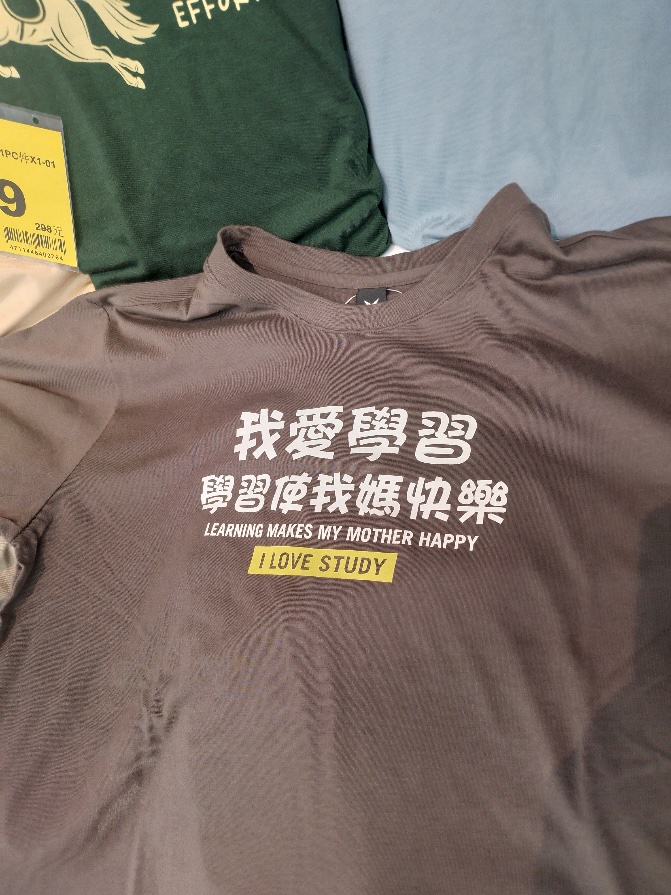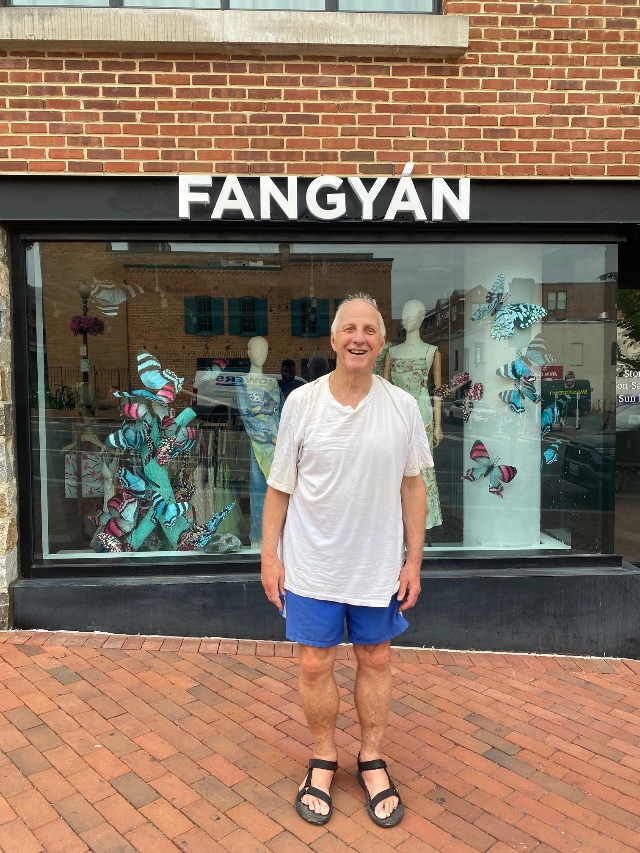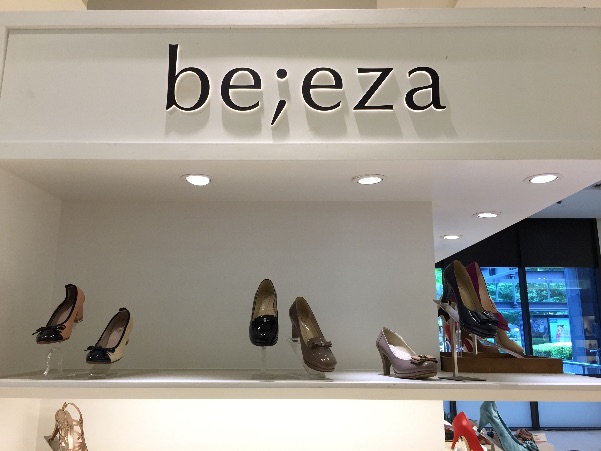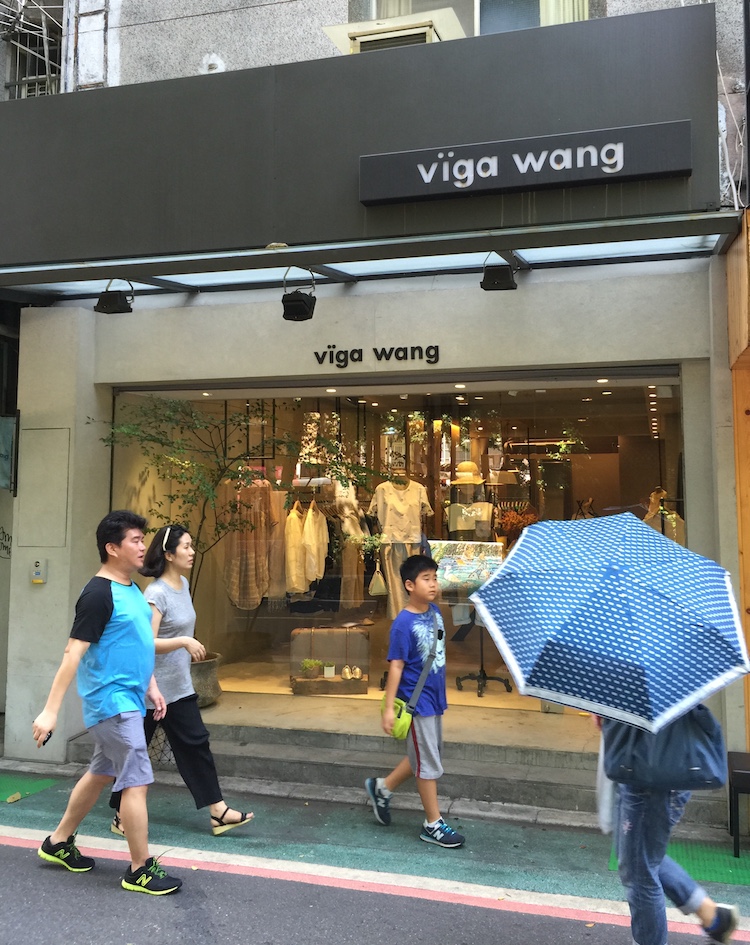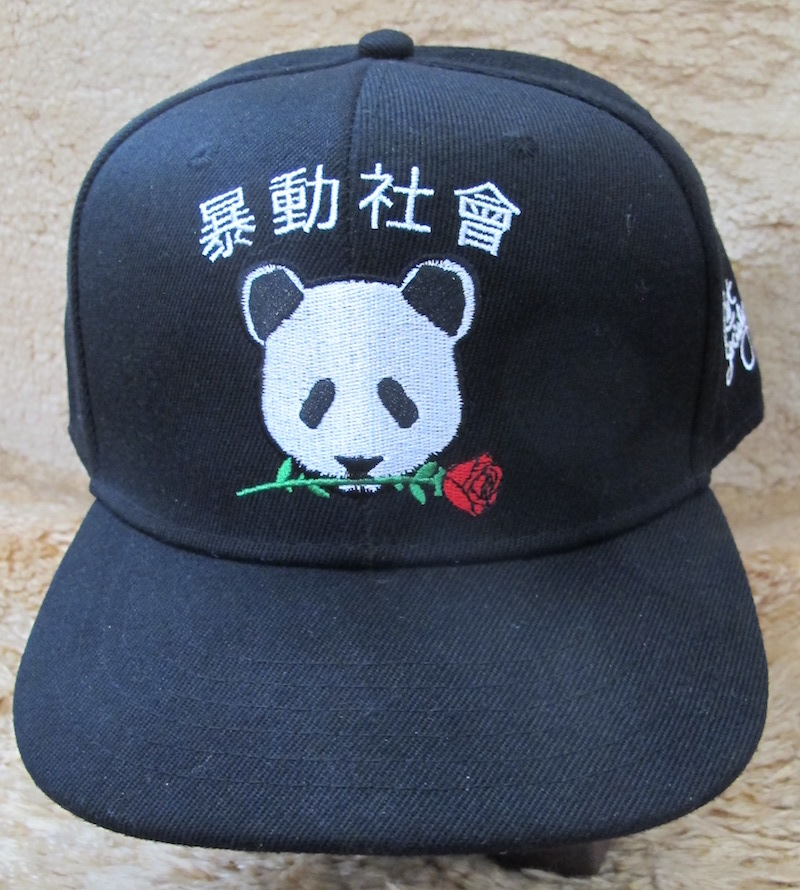Earlier this week, my brother Thomas sent me the following note:
I recently read Beautiful World, Where Are You?, the latest novel by Irish millennial author Sally Rooney. As soon as I finished the book I started finding articles about her, including the famous Sally Rooney bucket hat. If you don't yet know about it, put Sally Rooney bucket hat into Google and you'll feel like you've been shipwrecked on a deserted island since the book came out in September.
I'm not sure if SR will go down in literary history, but I will say I can't stop thinking about the book. It's one of the few books I've read lately in which the characters discuss the big ideas: politics, religion, sex, and the collapse of civilizations.
The last is of great importance because the two main female characters are unmarried single women, and they're wondering why they don't yet feel the need to settle down and start families. Will they ever?
Read the rest of this entry »
